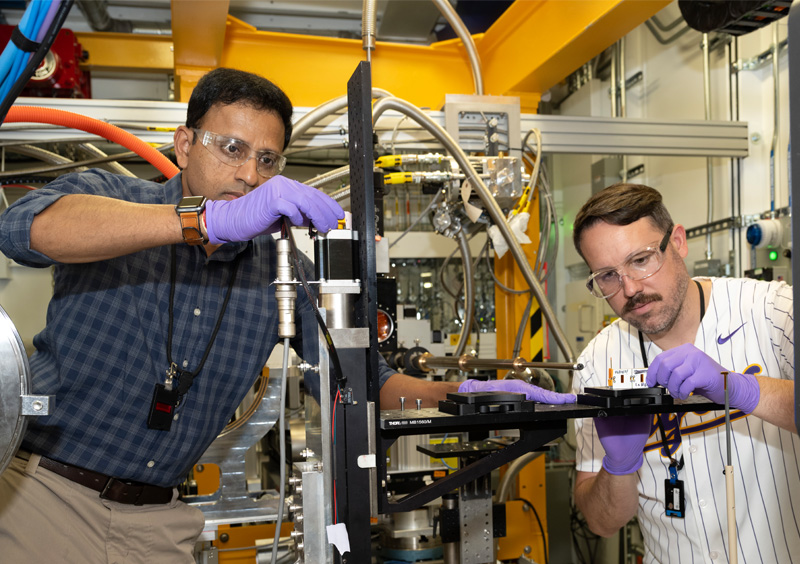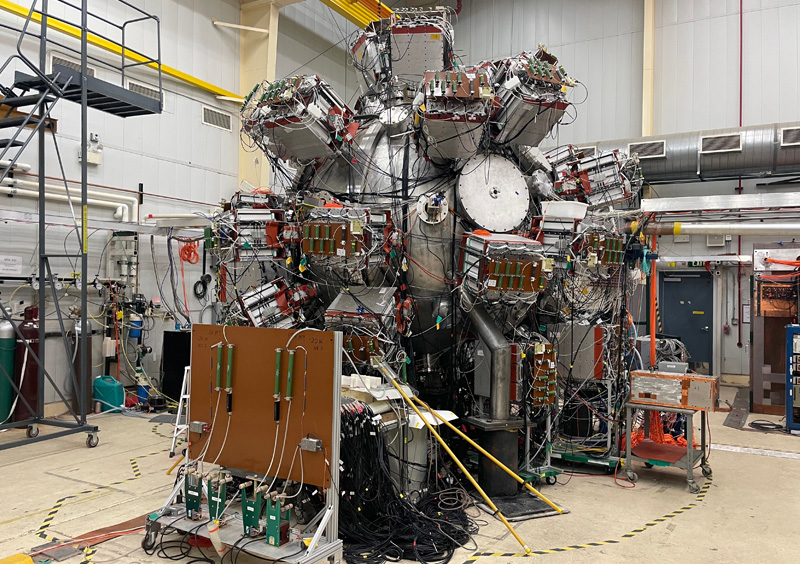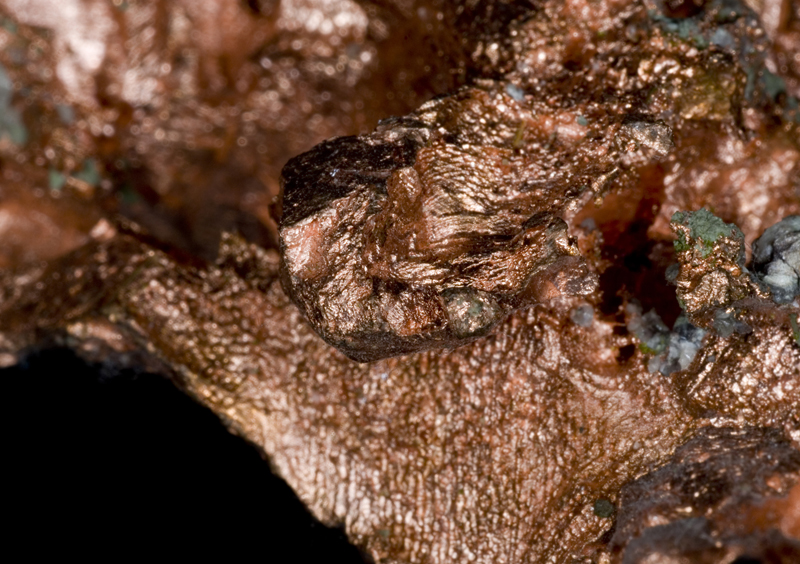By Xuan-Min Shao
Lightning has fascinated its observers since the beginning of human history. Those who painted the Lascaux cave walls in France approximately 20,000 years ago are believed to have represented it in their art, and the ancient Greeks made it the symbol of Zeus’s power in their mythology.
In modern-day New Mexico, where more than 5 million lightning strikes are recorded each year, our fascination with lightning is a bit more down to earth, so to speak. While we might enjoy the spectacle of dramatic flashes across the sky during monsoon season, many of us also worry about potential lightning strikes while we’re hiking, swimming or working outdoors. And for certain industries — such as utilities, airports and golf courses — lightning can have potentially devastating impacts on people and infrastructure.
At Los Alamos National Laboratory, we’re interested in lightning for a different reason: the optical and radio frequency signals of lightning are similar to those of a nuclear explosion, which the Lab develops sensors to detect as part of our national security mission. To ensure the accuracy of those sensors, we must be able to distinguish a lightning signal from a nuclear event. Therefore, solving the mysteries of lightning is not just an interesting pursuit; it’s a critical one.
Read the full column as it appeared in the Santa Fe New Mexican.
LA-UR-25-24893






